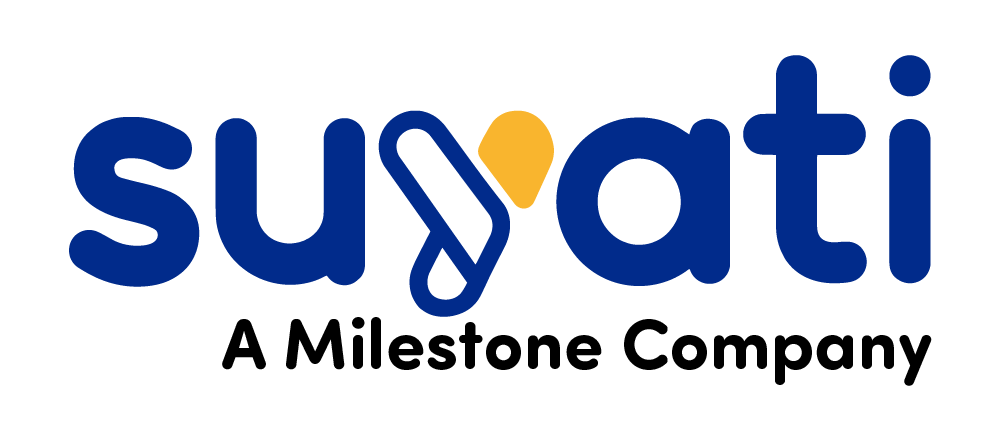Are you tired of managing your company files on an outdated legacy system? If so, it’s time to consider upgrading to a more efficient solution. Microsoft SharePoint is revolutionizing the way businesses organize, share, and edit files, providing a streamlined and collaborative approach to managing critical business information.
With Microsoft SharePoint, employees can create websites to seamlessly store and organize data, making it easily accessible from any device. This powerful tool not only simplifies the workflow but also enhances productivity, allowing your team to reach its full potential. In fact, over 75% of Fortune 500 companies, including industry leaders like Viacom, have embraced Microsoft SharePoint to elevate their operations.
The transformative benefits of Microsoft SharePoint empower any business with streamlined operations and a highly productive workforce. Read ahead to understand the potential for growth through this, as this efficient utilization of SharePoint can result in satisfied and returning clients.
Built-in multi-purpose functionality & centralized administration
Microsoft SharePoint stands out for its remarkable flexibility, serving as an invaluable collaborative platform with a range of applications. Primarily functioning as an intranet, it provides a centralized space for internal information sharing, task scheduling, contact management, and more. One of its key strengths lies in its ability to grant different permission levels based on user roles. Beyond intranet functionalities, SharePoint supports document sharing, file management, social networking, and various other aspects essential for day-to-day business operations. Administrators can efficiently handle these features through a unified dashboard, simplifying tasks like security settings, site backup, data restoration, and privilege updates.
Customizable
A standout characteristic of Microsoft SharePoint is its adaptability to meet specific business needs. Users have the option to either retain the default features or customize them according to their requirements. This customization extends to individual elements within SharePoint and even the overall application interface. Businesses can brand the application to reflect their identity, enhancing the user experience through drag-and-drop functionalities.
Document management & collaboration
SharePoint excels in organizing company information in an easily accessible manner. Key advantages include a streamlined flow of information and cloud storage accessible via mobile devices. This foster informed decision-making, meeting deadlines, understanding shared business strategies, and enhancing overall contributions from employees. The platform’s emphasis on document management and collaboration supports improved efficiency and cohesion within the organization.
Site consolidation & integration
SharePoint facilitates the integration of all shared work environments into a unified platform, effectively reducing the costs associated with managing separate sites. By consolidating internet and intranet sites, internal teams can easily access and manage information. Moreover, SharePoint seamlessly integrates with various business applications, including the Microsoft Office Suite, MS Exchange Server, MS Unified Communications, ERP, CRM, and other back-office systems.
Enhanced security
The advanced security features of SharePoint contribute to a reduced risk of outages and unauthorized access. Workflow upgrades and authentication enhancements play a crucial role in securing information access and shareability. While optimizing information accessibility, SharePoint maintains reliable data integrity. The platform allows configuration of settings for controlling shareability, storage, and auditing, aiding in compliance with industry regulatory requirements on data security.
Fasten & streamline business processes
Microsoft SharePoint serves as a powerful collaboration platform that streamlines data collection and organization in a centralized location. Through form-driven solutions, the platform captures information from suppliers, facilitates communication with customers, and supports interactions with partners. Employees can depend on SharePoint to create business intelligence portals and display data on dashboards, web parts, or scorecards, enhancing the speed and efficiency of various business processes.
Summary
Microsoft SharePoint emerges not just as a software solution but as a transformative force that significantly enhances productivity and simultaneously reduces operational costs in everyday business functions. With a comprehensive range of tools, SharePoint provides solutions for fostering successful corporate teamwork. The efficiencies gained within in-house teams alone justify the investment, showcasing the software’s ability to optimize workflows, facilitate collaboration, and ultimately drive business success. It’s no wonder that SharePoint stands as the preferred choice for document and collaboration control among thousands of Fortune 500 companies, solidifying its reputation as a trusted and invaluable asset in the modern business landscape.

